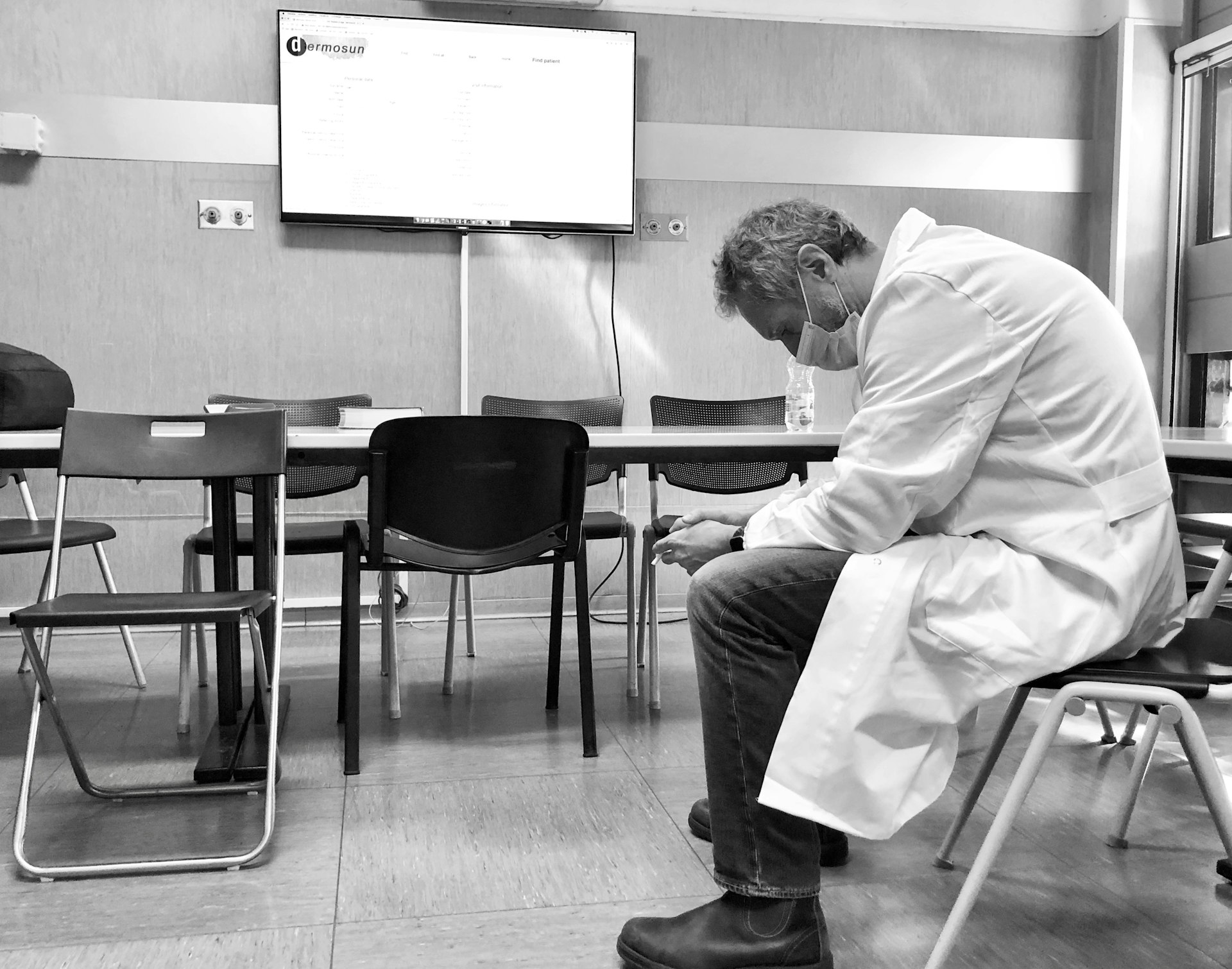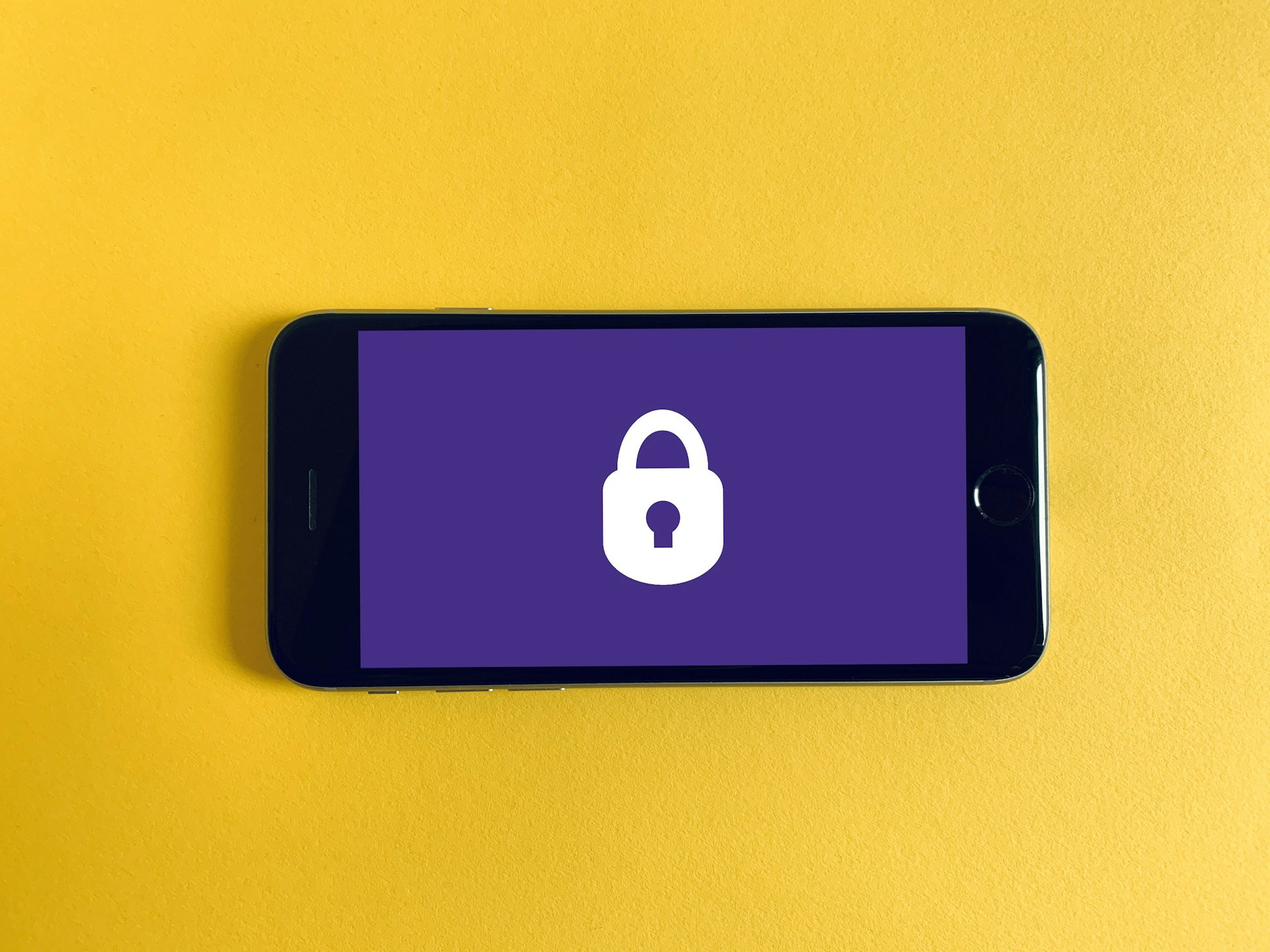How Vaccines Safeguard Global Health Security: Life-Saving Impact, Economic Value, and Access Strategies

Photo by Hakan Nural on Unsplash
Introduction: Vaccines and the Modern Health Landscape
Vaccines are universally recognized as one of the most powerful tools for protecting public health, increasing life expectancy, and ensuring global health security. Their impact extends beyond individual protection, contributing to the resilience of entire societies against infectious diseases. In this article, we explore the far-reaching importance of vaccines, drawing on current research and real-world examples, and provide practical guidance for supporting and accessing immunization services worldwide.
The Life-Saving Impact of Vaccines
Vaccines prevent between 3.5 million and 5 million deaths each year by protecting against diseases such as diphtheria, tetanus, pertussis (whooping cough), influenza, measles, and many others. Since the inception of global immunization initiatives in the 1970s, at least 154 million lives have been saved-representing a monumental achievement for global health [1] , [4] , [2] . For example, measles vaccination alone has saved nearly 19 million lives since 2000 [1] . Hepatitis B vaccination is projected to save 14 million lives by 2030. These figures underscore the essential role immunization plays in reducing mortality and morbidity globally.
Vaccines and Global Health Security
Vaccines are foundational to global health security because they:
- Prevent the spread of infectious diseases, reducing the risk of local outbreaks escalating into global pandemics
- Contribute to herd immunity, protecting those who cannot be vaccinated
- Support the control and, in some cases, eradication of deadly diseases (such as smallpox and polio)
- Help combat antimicrobial resistance by reducing reliance on antibiotics
For instance, the eradication of smallpox in 1980-which killed an estimated 300 million people in the 20th century-remains a landmark achievement for vaccines [3] . Immunization programs have also eliminated or dramatically reduced polio, neonatal tetanus, and rubella in many regions.
Economic Value: Vaccines as a Smart Investment
Immunization is not only a medical breakthrough but also an economic one. Every dollar invested in vaccines in low- and middle-income countries saves an estimated $52 in healthcare costs and productivity losses [1] . The cost to fully immunize a child in low-income countries has decreased from over $24 in 2013 to just $18 today. These savings allow governments and organizations to allocate resources to other pressing health needs, further strengthening system resilience.
Challenges in Global Vaccine Access
Despite these benefits, significant gaps remain. In 2024, over 14.3 million children under the age of one did not receive basic vaccines, with most of these “zero-dose” children living in low- and middle-income countries, especially in Africa and South-East Asia [1] . The COVID-19 pandemic further disrupted global immunization services, causing millions of children to miss essential vaccines [2] . These gaps highlight the need for ongoing efforts in catch-up vaccination, system strengthening, and tailored outreach to hard-to-reach populations.
Practical Steps for Accessing Vaccination Services
Accessing vaccines and supporting global immunization efforts involves several practical steps:
- Contact Local Health Providers: In most countries, routine immunizations are offered through primary care clinics, community health centers, or public health departments. Parents and caregivers should consult these providers to review vaccination schedules and catch up on any missed doses.
- Engage with National Immunization Programs: Most governments have official immunization programs. To learn about services available in your country, search for your country’s health ministry or department and look for sections labeled “immunization” or “vaccination services.” For instance, in the United States, the Centers for Disease Control and Prevention (CDC) provides a comprehensive vaccine schedule and clinic locator.
- Leverage Community Outreach: Non-governmental organizations (NGOs) and international agencies often support vaccination campaigns in under-served areas. Community health workers, mobile clinics, and school-based programs are common strategies to increase access.
- Consult Official Sources for Updates: For travel, occupational, or outbreak-related vaccination requirements, refer to official sources like the CDC or World Health Organization for verified recommendations and updates. If you are traveling internationally, ensure you meet all required vaccinations for your destination.
- Advocate for Equitable Access: Individuals and organizations can support advocacy efforts for vaccine equity by joining campaigns, supporting local health initiatives, and staying informed about policy changes that affect immunization funding and distribution.
Case Study: Measles Control and the Importance of Routine Vaccination
Measles remains a challenge for global health security due to its high transmissibility. In 2024, more than 20.6 million children missed their first dose of the measles vaccine, well above pre-pandemic levels [2] . Outbreaks can quickly emerge in communities with low coverage, threatening progress and endangering vulnerable populations. Catch-up vaccination campaigns and robust surveillance are essential to closing these gaps.

Photo by Mufid Majnun on Unsplash
Addressing Barriers: Overcoming Misinformation and Logistics
Vaccine hesitancy and misinformation can undermine immunization efforts. Trusted sources, such as local health authorities, the CDC, and the WHO, provide fact-based information to help communities make informed decisions. Logistical challenges, including cold-chain management and supply disruptions, require ongoing investment in infrastructure and training. Innovative solutions, such as solar-powered refrigerators and mobile vaccine units, have shown promise in reaching remote populations.
Alternative Approaches: Strengthening Immunization Systems
Besides routine immunization, targeted strategies can help overcome specific challenges:
- Supplementary Immunization Activities: These are mass vaccination campaigns conducted during outbreaks or in areas with low coverage to rapidly boost immunity levels.
- Integration with Other Services: Combining vaccination with maternal and child health programs increases efficiency and reach.
- Community Engagement: Involving local leaders and organizations can address cultural barriers and foster trust in vaccination programs.
What You Can Do: Actions for Individuals and Organizations
Whether you are a parent, healthcare professional, policymaker, or advocate, you can contribute to global health security by:
- Keeping your and your family’s vaccinations up to date
- Encouraging friends and community members to do the same
- Supporting local and international immunization campaigns
- Staying informed through official health organization websites and verified news sources
If you need help locating vaccination services, you can contact your country’s ministry of health, local health department, or consult your primary healthcare provider. For up-to-date global information, visit the CDC or WHO websites. If you are unsure where to find reliable guidance, consider searching for “immunization services” along with your country or region’s name to identify official sources and service points.
Summary: Vaccines as the Cornerstone of Health Security
Vaccines have transformed global health, saving millions of lives, reducing disease burden, and providing a critical line of defense against future outbreaks. Continued investment, public engagement, and equitable access to immunization are essential to safeguarding communities and sustaining global health security for generations to come.
References
- CDC (2024). Fast Facts on Global Immunization.
- WHO (2024). Vaccines and Immunization – Health Topics.
- PMC (2023). The importance of immunization as a public health instrument.
- WHO (2024). Global immunization efforts have saved at least 154 million lives over the past 50 years.
- PMC (2014). The contribution of vaccination to global health: past, present and future.
MORE FROM gowithdeal.com













